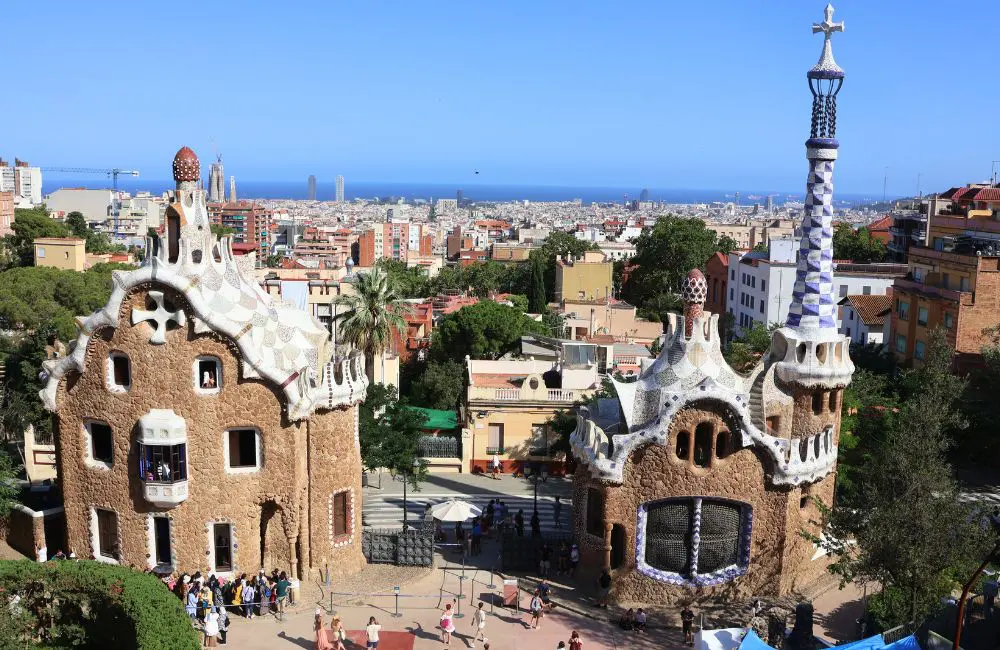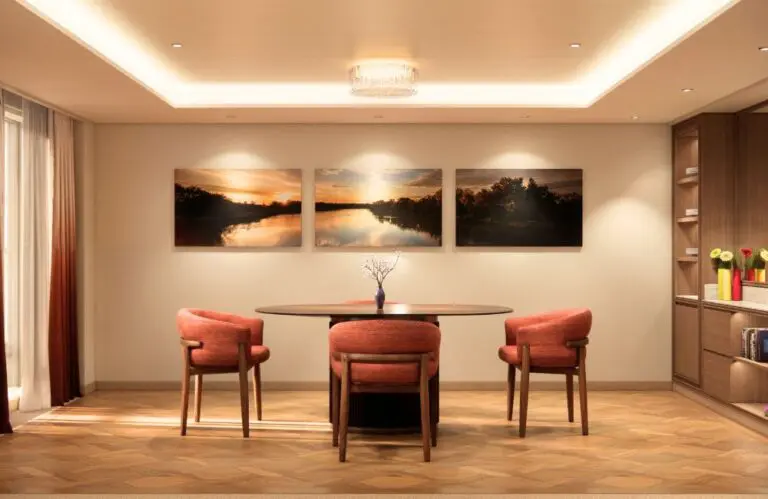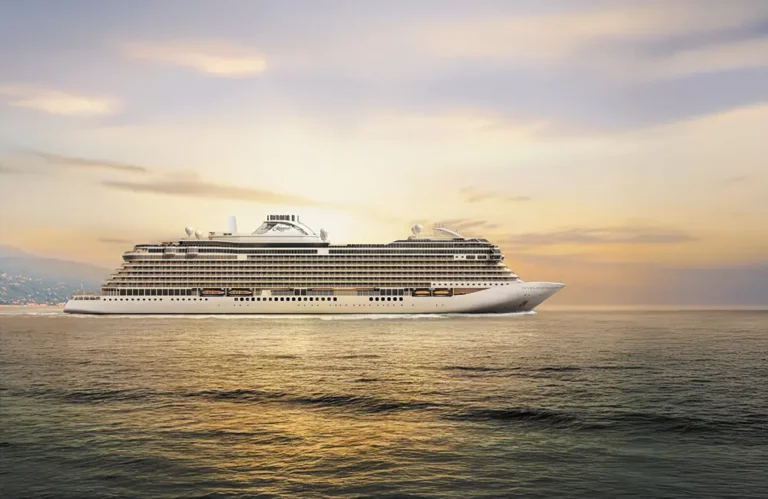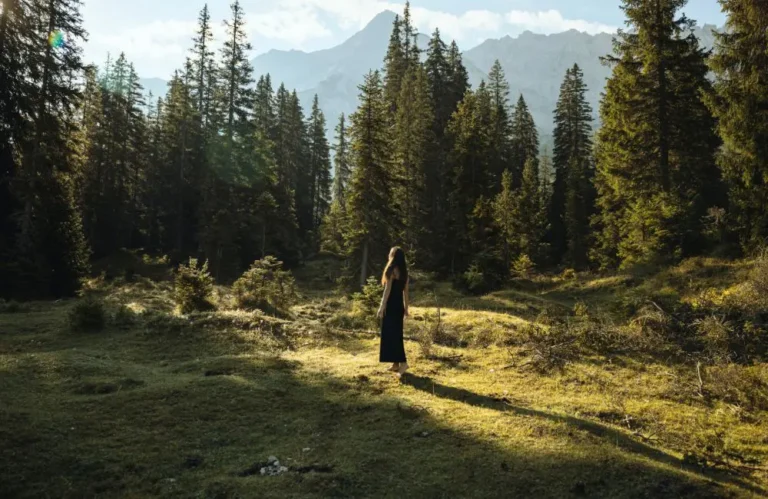Karryon writer Kirstie Bedford just returned from Barcelona, and while she experienced none of the anti-tourism sentiment reported recently, there’s no denying that an overtourism problem is irking locals.
I’m wandering the alleyways of the Gothic Quarter of Barcelona when the first message comes through.
“OMG, are you ok?”
Then another. “Are you caught up in the protests? Getting water bombed?”
I turn to my husband. “Tourists are apparently being targeted in central Barcelona,” I say.
“Wow, really?” He looks around and shakes his head.
We’ve been walking the streets of central Barcelona for three full days. We’re still discovering new eateries and medieval buildings that sit alongside contemporary shops and multi-level shopping malls, but anti-tourism sentiment and protests – we’ve seen none of it.
There may be slogans in Spanish we’re missing or even English in other parts of the central city, but the locals are nothing but courteous.
When we’re in a cab on our way to Sagrada Familia, I say to our driver, “We heard there’s some protesting about the number of tourists here”.
“Yeah, there was a protest. July is too much. The streets are crowded. You can’t get into the best restaurants. It’s better to come later in the year when it’s still warm, but there aren’t the crowds.”
“It’s not that we don’t want any tourists,” he goes on to tell us, “just that the crowds make life challenging for locals, particularly the elderly”.
As reported in Karryon on July 10, the protest, organised by more than 140 local organisations led by the Assemblea de Barris pel Decreixement Turístic (Neighborhood Assembly for Tourism Degrowth), aimed to highlight the city’s growing discontent with mass tourism.
Around 3,000 people marched through popular tourist areas, expressing their frustration with the impact of mass tourism on their city’s living costs and quality of life, with hotel and restaurant entrances symbolically closed off.
The Assemblea de Barris pel Decreixement Turístic says tourists also drive up prices and strain public services and infrastructure, including public transport. Profits from the tourism industry are unevenly distributed, exacerbating social inequality.

And there’s no denying that there is overtourism around the major monuments in the peak season.
Barcelona has a population of around 1.6 million, and in 2023, almost 12 million visitors spent at least one night in the Barcelona region, contributing €12.75 billion (AU$20.5 billion) to the local economy.
We see it when we’re here. Hour-long queues line the streets outside Sagrada Familia, and at the gates to Park Guell, the tour guide tells us that if you didn’t pre-book (we did), you won’t get in until September.
Our reason for being here in July is to coincide with school holidays; we’d just completed a week-long bike tour around south Sardinia, staying in regional Italian towns, and we wanted our boys to have a first-hand experience seeing some of the world’s most important historical monuments.
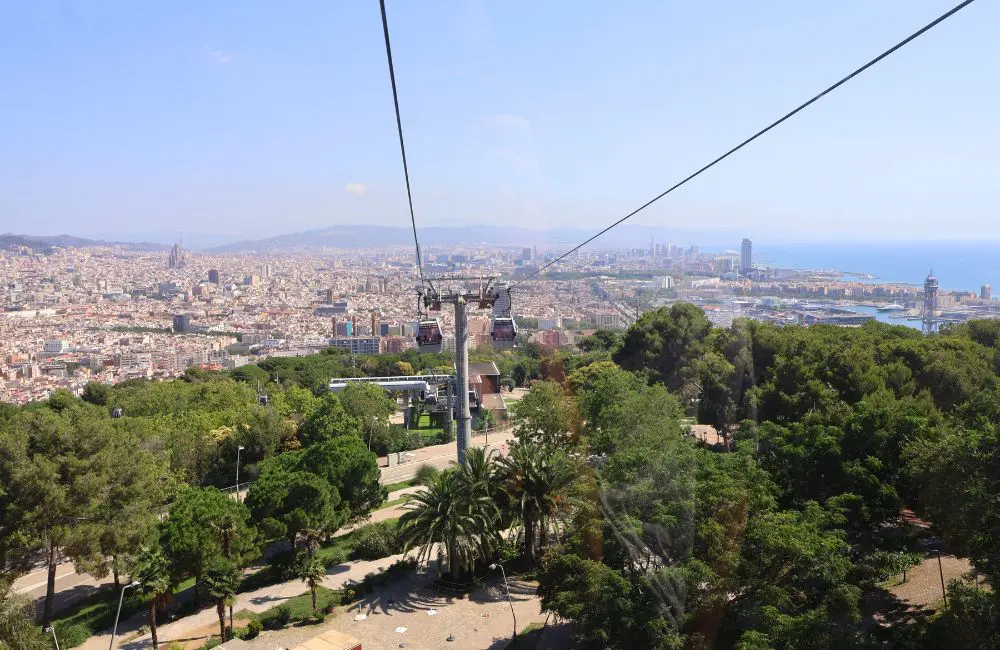
Avoiding the crowds
So what can you do when you have clients who, like us, are travelling to other quieter parts of Europe in peak season and want to spend a few days in Barcelona?
Advising clients to book tours early and finding smaller, more authentic places to eat rather than making a beeline for the overpopulated Las Ramblas is an obvious way to avoid crowds. All of our best dining experiences were in small laneways, which we discovered after hours of walking.
And the Spanish Tourism Board says the best option is (of course) to visit in the off-season and go to lesser-known areas.
Turespana’s Tourism Counselor for Southeast Asia, Australia, and New Zealand, Marta Fernandez Martin, says it is making significant strides in promoting sustainable tourism.
She says Spain’s commitment to sustainable tourism enhances the visitor experience and “ensures the preservation of its natural and cultural heritage for future generations”.
“We’re proactively promoting shoulder-season and off-season travel options to Australian and New Zealand travellers, as well as encouraging greater regional dispersal and off-the-beaten-path discoveries.
“This approach is designed not only to help manage tourism’s impact on the environment and local communities within Spain, but also to spread the economic benefit of tourism further.”
Catalan Tourist Board, Asia-Pacific Regional Director, Raül Guerra, says it’s mindful to remember that “Barcelona is not just a city that hosts tourists; it is a community that actively manages its tourism sector with forward-thinking measures designed to foster coexistence and sustainability”.
“While Barcelona is proud to be the fifth most visited city in Europe, we also encourage exploring areas beyond the well-trodden paths.
“It is also recommended to plan and book in advance visits to the flagship attractions and visiting lesser-known sites can distribute tourist presence more evenly and enhance the visitor experience.”
As for our local driver, “Just come in September or October. It’s better for everyone.”
Read: Temperatures rising: Thousands protest overtourism in the Balearic Islands
Read: Protesters in Barcelona spray tourists with water in overtourism pushback


